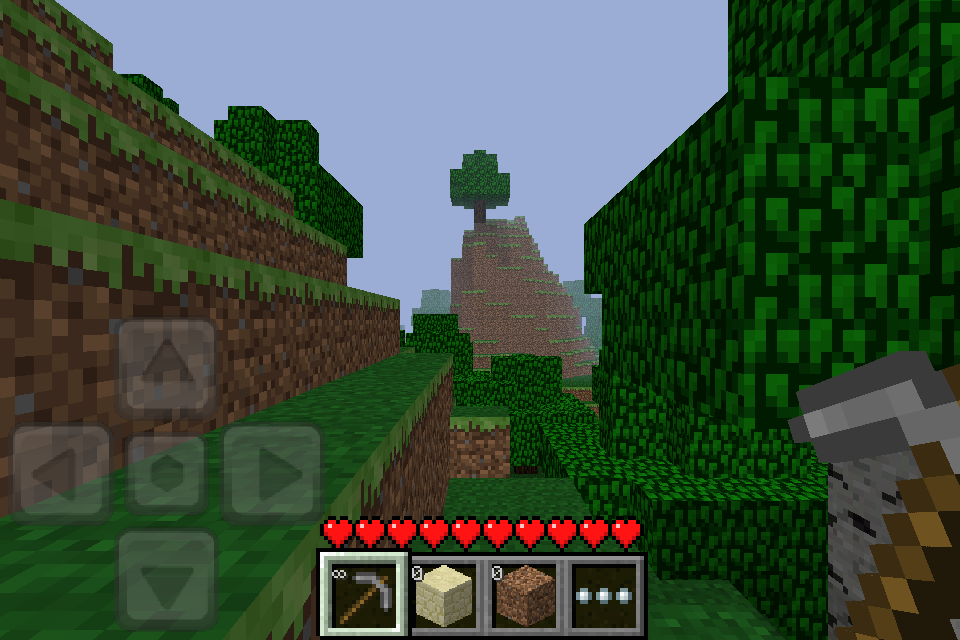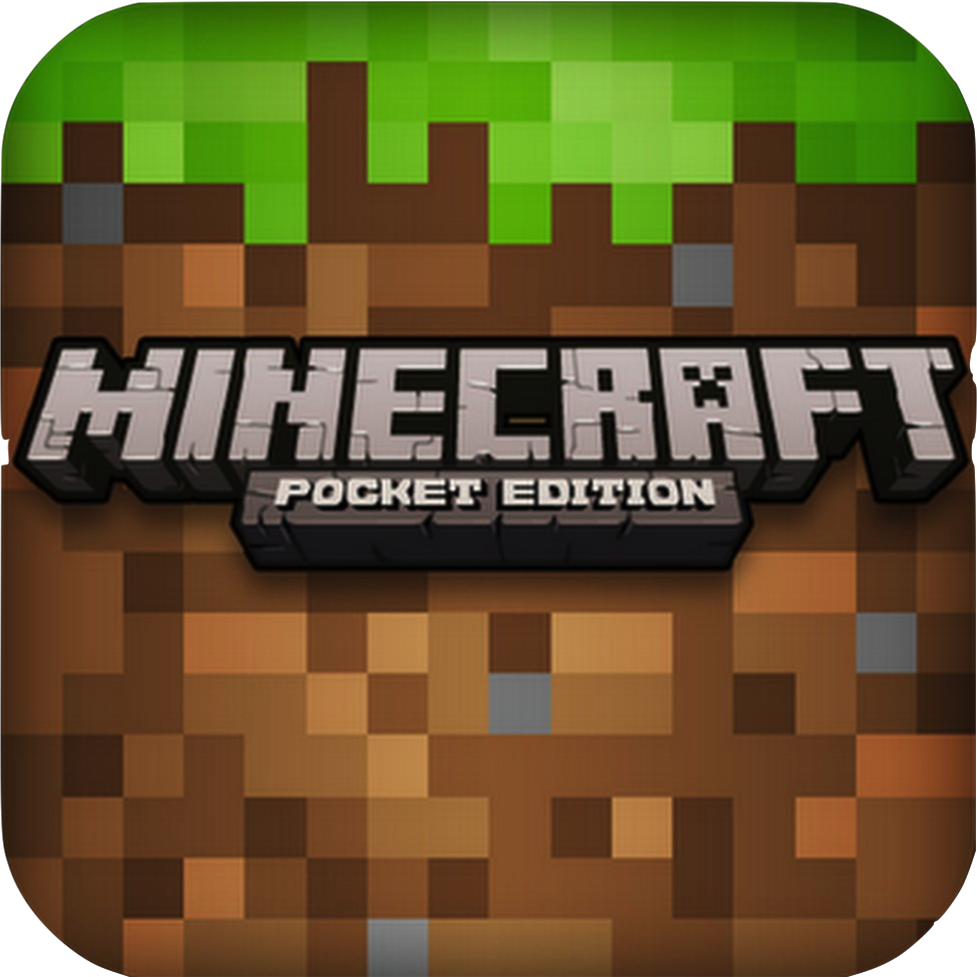
After starting a new building project in Minecraft, I often think about it through the day. If you want to build something, you don’t need to put in the time digging underground. It is, essentially, a digital tub of LEGO. Creative mode, the popular option that gives players unlimited access to Minecraft’s items, is Pocket’s biggest draw. It feels fast and appropriate for the device. There’s no need to drag items across a touch screen into specific arrangements. Once you have the required materials, you just tap on the item you want and it enters your inventory. It also makes multiplayer less desirable, as there’s less room to spread out and build. It contradicts the rest of Minecraft’s mechanics. At least in the console versions the invisible wall bordered an expansive sea. In Pocket, if you walk too far in one direction (which isn’t difficult to do), you’ll bump into an invisible wall.
#Minecraft pocket edition Pc
One of the strengths of the PC version, for example, is that its wide open areas let you build as wide and far as you’d like. I like the way it auto-jumps over block-high obstacles. At least we don’t have to fight any flying enemies with the touch controls, which are usable but not great. Every enemy can be killed simply by swinging a weapon and running backwards.

Unfortunately, Pocket has only a fraction of the enemy mobs available in Minecraft proper, and their absence (especially the Enderman’s) makes the experience less dangerous. The amount of danger I was in was tied to how far from my base I roamed, which keeps the game tense and exciting at the right times. Down there I realized those same enemies that are easy to defeat on the surface felt far more challenging to fight in the confines of a rocky corridor where they could ambush me. Why have enemies at all if they become laughable in no time? But later, as my ambitions for building outgrew my resources on hand, my quest for new materials drove me deeper underground. Even less once you obtain the simple items needed to ward them off. They are scary and dangerous… for maybe an hour. When the sun goes down, Minecraft’s bad guys come for you. I had to gather, transport, and place each piece of my home myself, so it was impossible not to feel a fierce sense of pride and ownership over it and all my other creations, big and small. What initially feels like a tedious task becomes the basis for Minecraft’s rewarding core gameplay. In Survival mode, each block must be chipped at and collected by hand from an open world. This is a power we rarely see in games, and the freedom it offers is, at first, daunting.

It could be a seaside home, a sky bridge, or any other creation you can envision. Piece by piece you’ll rearrange and refine the pristine, primordial world into whatever you want. What makes them great is how they enable creativity. The blocks are colorful, distinct, and memorable thanks to simple and charming textures. Minecraft’s randomly generated worlds are composed of big blocky cubes of dirt, stone, sand, and dozens of other materials.


 0 kommentar(er)
0 kommentar(er)
